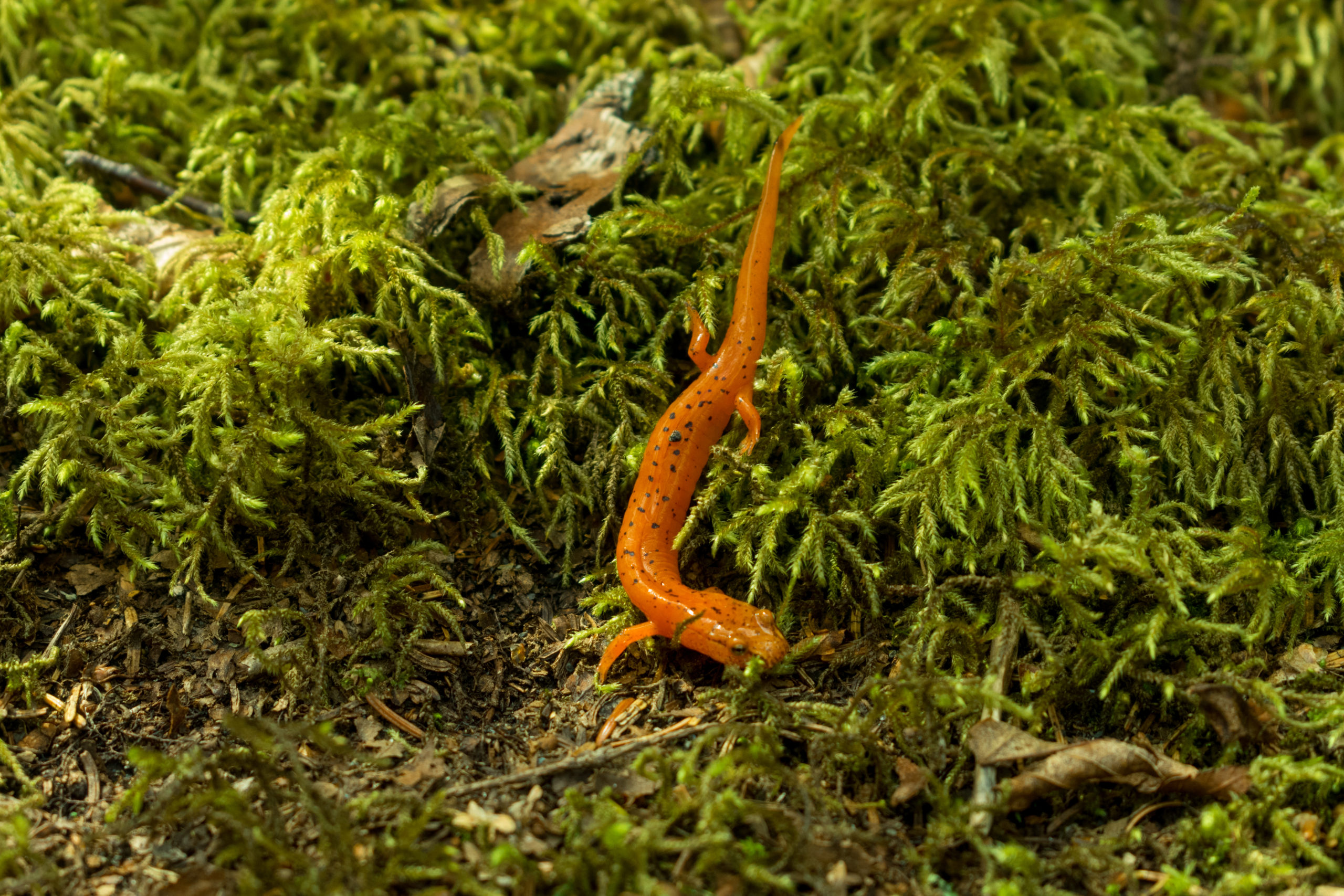Quebec
With large areas in northern Quebec having the potential to remain stable under climate change, new protected areas must be well-connected to create corridors for species migrations.

With large areas in northern Quebec having the potential to remain stable under climate change, new protected areas must be well-connected to create corridors for species migrations.
Though Quebec is filled with many small protected areas, there is a clear gap in connectivity. Northern Quebec has high amounts of soil carbon and climate refuges, but a large gap in the protected areas network does not allow for connectivity between different regions. In the south, areas around the St. Lawrence River are a priority given the four overlapping key considerations: high carbon storage in soils, forest biomass, climate refuges, and high numbers of at-risk species. This region is heavily stressed by agriculture and urbanization. Since land in this southern region is predominantly privately-owned, protection through other effective conservation measures is necessary to safeguard wildlife.
Click on the map and headings to learn more.
Urbanized and agricultural areas in southern Quebec have high numbers of at-risk species including the barn swallow, bobolink and painted turtle. On the ground actions by private land owners could help with recovery of these species.
Help protect threatened species and their habitats.